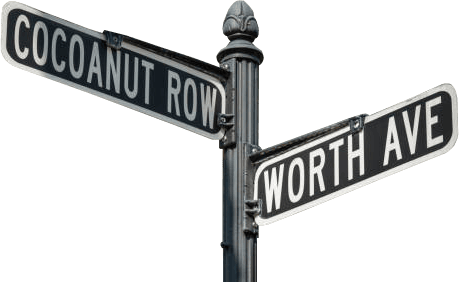
MODERN-DAY COCOANUT ROW

TIMELINE
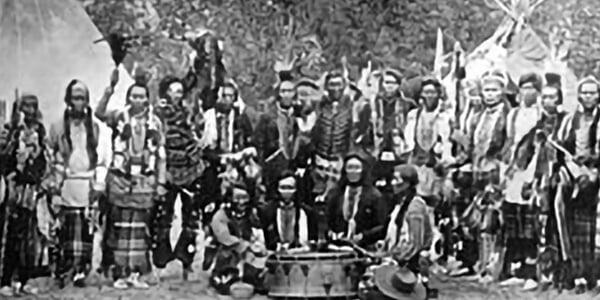
1800 – Indigenous & African Americans
Palm Beach was home to the Jeaga, later the Seminole, and early 1800s African American communities of both freed and formerly enslaved people.

1871 – Unnamed Hurricane
A powerful unnamed hurricane strikes southeast Florida, bringing flooding and high winds to the Palm Beach area.
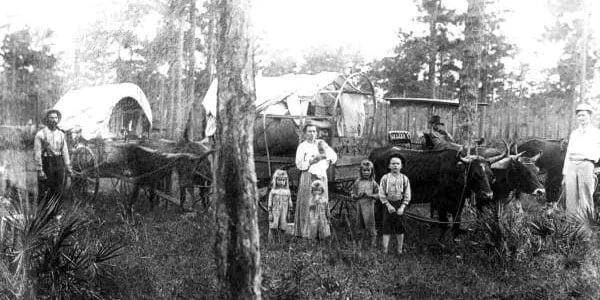
1872 – First Settlers
The first permanent white settlers arrive on the island, which enhanced the appeal of Cocoanut Row and beyond.
1800 - Indigenous & African Americans
Palm Beach was home to the Jeaga, later the Seminole, and early 1800s African American communities of both freed and formerly enslaved people.

1872 - First Settlers
The first permanent white settlers arrive on the island.
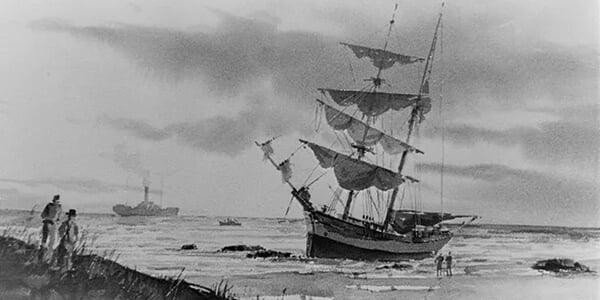
1878 - The Providencia
The Providencia shipwrecks off the coast of Palm Beach, carrying 20,000 coconuts. Early settlers plant them, creating the island's signature palm trees.
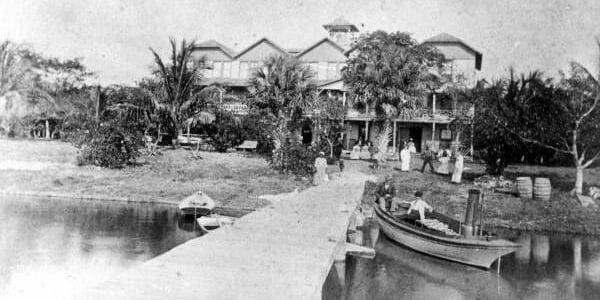
1880 - Cap Dimick
Elisha Newton "Cap" Dimick establishes the Cocoanut Grove House, Palm Beach's first hotel, located on what becomes Cocoanut Row. Read More
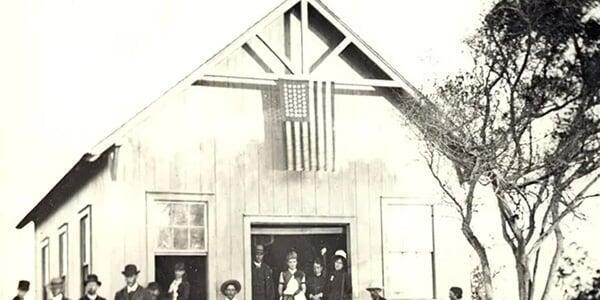
1886 - Little Red Schoolhouse
The first school in southeastern Florida is built in Palm Beach, reflecting the growth of the early settlement. Read More
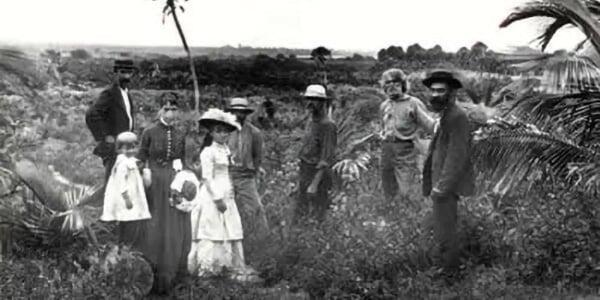
1890 - Land Development
Land development increases as northern investors begin purchasing property for winter homes. Read More
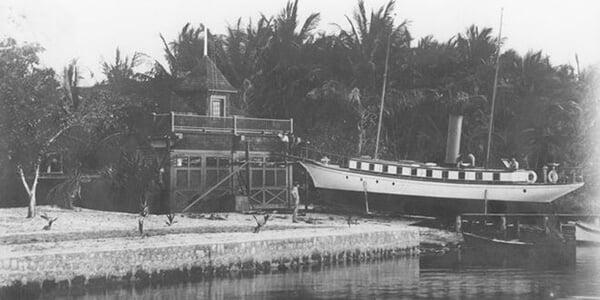
1890 - The Palm Beach Yacht Club
The Palm Beach Yacht Club is founded. In 1917 it relocates across the Intracoastal to 800 N Flagler Dr in West Palm Beach, where it remains today. Read More
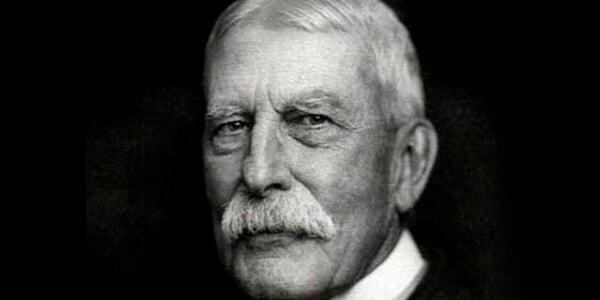
1892 - Henry Flagler
Henry Flagler visits Palm Beach and begins developing it into a winter resort for the wealthy. Read More
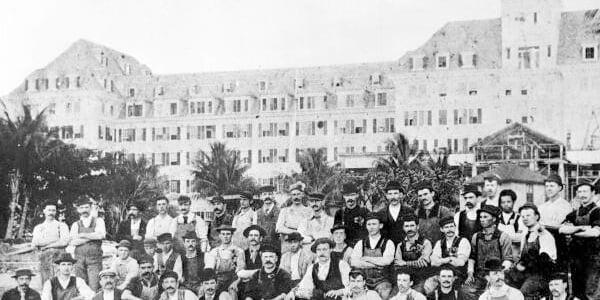
1894 - Royal Poinciana Hotel
Flagler completes the Royal Poinciana Hotel, the largest wooden structure in the world at the time, and his Florida East Coast Railway reaches Palm Beach. Read More

1894 - Unnamed Hurricane
The first of two back-to-back Unnamed Hurricane's hits southeast Florida, disrupting early Flagler developments. Read More

1895 - Unnamed Hurricane
The second of two back-to-back Unnamed Hurricane's hits southeast Florida, disrupting early Flagler developments. Read More
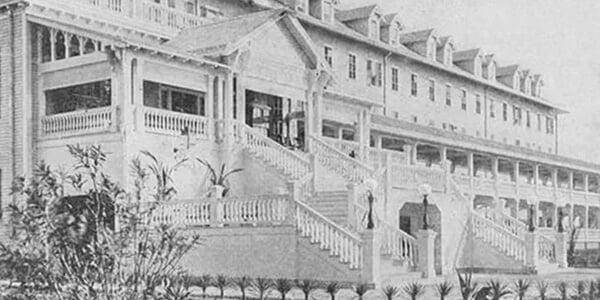
1896 - Palm Beach Inn
Flagler opens the Palm Beach Inn, later becoming The Breakers. Read More

1896 - Cedar Keys Hurricane
The Cedar Keys Hurricane (Cat 3) crosses Miami and heads northward, impacting Palm Beach with significant wind and rain. Read More
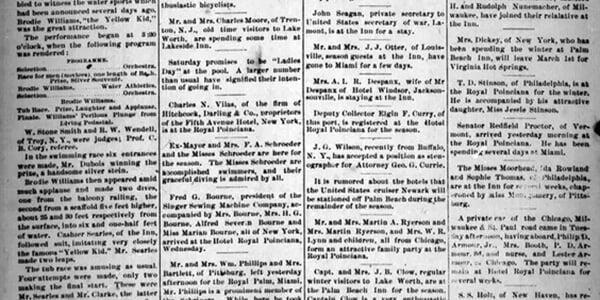
1897 - The Shiny Sheet
The Palm Beach Daily News (The Shiny Sheet) was founded. Known for its society coverage, real estate reporting, and polished print quality, hence the nickname. Read More
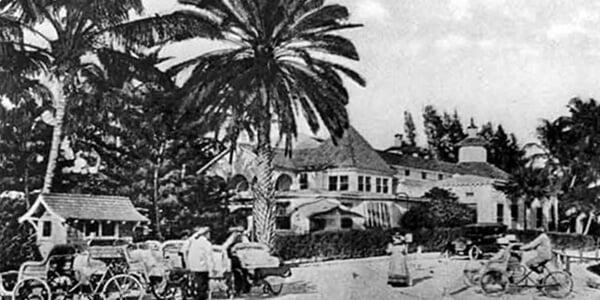
1898 - Bradley's Beach Club
Founded by Colonel Edward R. Bradley, this social club became known for its fine cuisine, dignified atmosphere, and gambling activities. Read More
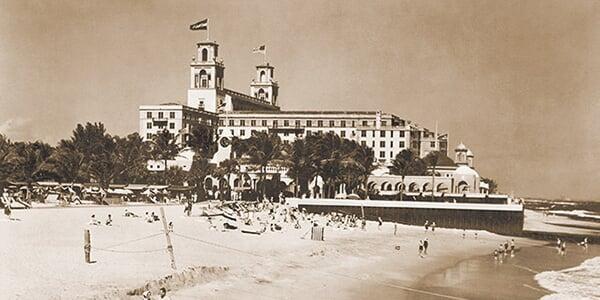
1901 - The Breakers
The Palm Beach Inn is officially renamed The Breakers due to guests calling it "where the breakers crash." Read More
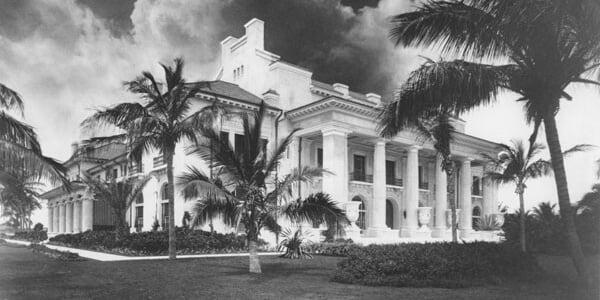
1902 - Whitehall (Flagler Museum)
Whitehall, Flagler's mansion, now the Flagler Museum, is completed. Read More

1903 - Unnamed Hurricane
The Unnamed Hurricane crosses near Palm Beach with damaging winds and storm surge. Read More
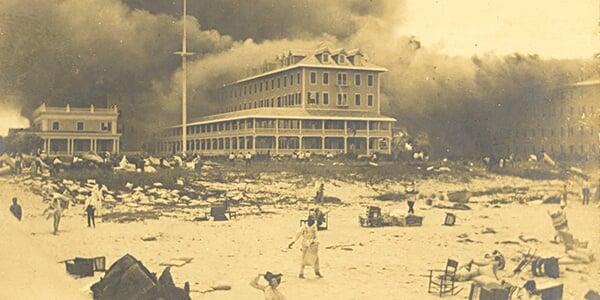
1903 - The Breakers (First Rebuild)
The Breakers is rebuilt in wood after a major fire. It reopens grander than before to elite clientele. Read More

1910 - Great Florida Hurricane
The Great Florida Hurricane brought widespread flooding and agricultural damage to the region. Read More
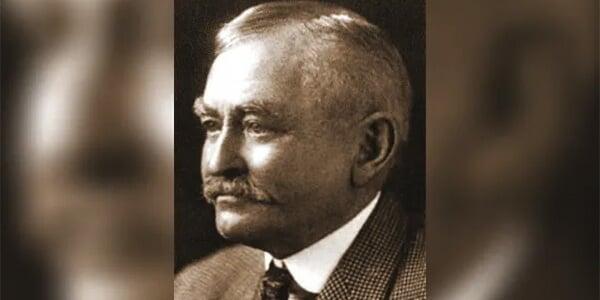
1911 - First Mayor
Cap Dimick is elected as the first Mayor of Palm Beach. Palm Beach incorporates as a town to prevent annexation by West Palm Beach. Read More
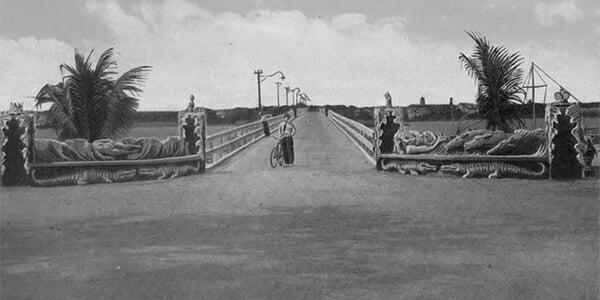
1911 - Royal Park Bridge
The Royal Park Bridge opens, improving access and commerce between the island and mainland. Read More
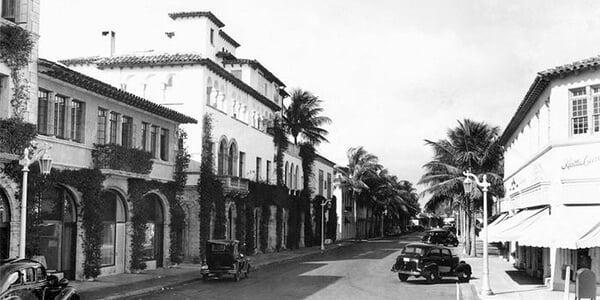
1913 - Worth Avenue
Originally a sandy path, Worth Avenue officially became a street around 1913. Named after General William Jenkins Worth, a hero of the Second Seminole War. Read More
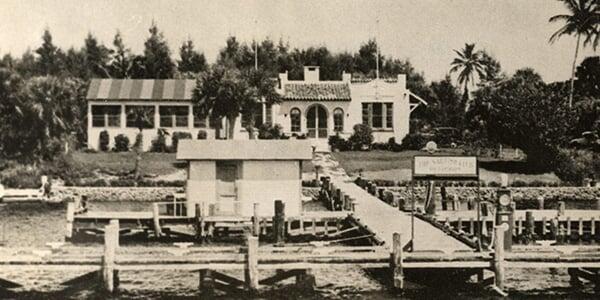
1914 - The Sailfish Club of Florida
The Sailfish Club of Florida is founded known for its regattas, fishing tournaments, and refined seaside atmosphere. Read More
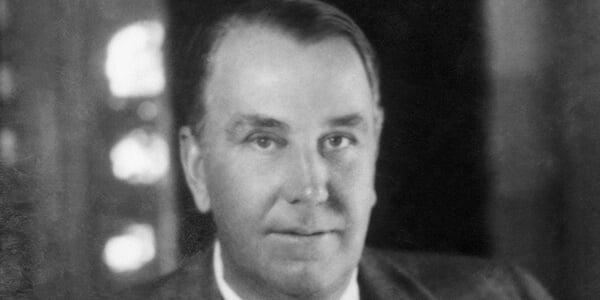
1918 - Addison Mizner
Addison Mizner arrives and begins designing opulent homes for wealthy clients, introducing the Mediterranean Revival style that defines the island’s architectural identity. Read More
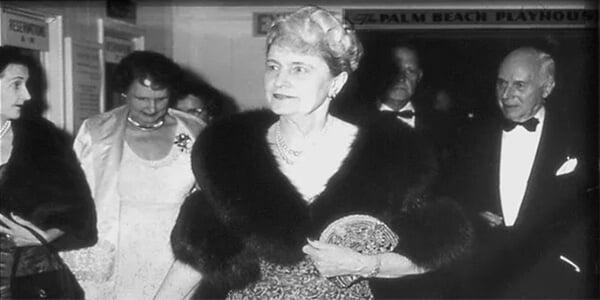
1919 - Marjorie Merriweather Post
Marjorie Merriweather Post begins purchasing land for her future estate, Mar-a-Lago. Read More

1919 - The Everglades Club
The Everglades Club, a private club with elite social influence, is founded on Worth Avenue. Read More

1919 - Florida Keys Hurricane
The Florida Keys Hurricane brushes Palm Beach, causing beach erosion and some property damage. Read More
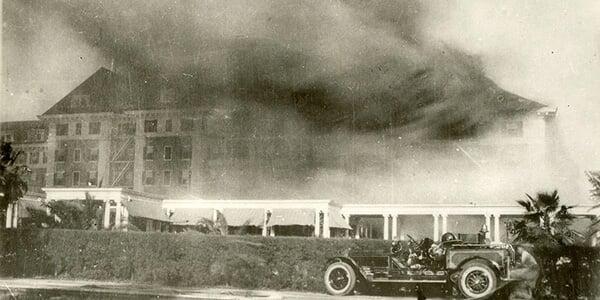
1925 - The Breakers (Second Rebuild)
The Breakers is devastated by fire in March 1925, prompting immediate reconstruction. Read More
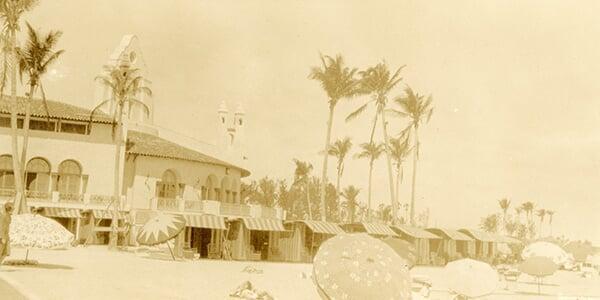
1926 - The Bath & Tennis Club
The Bath & Tennis Club (B&T) is founded known for its strict membership policies and storied guest list symbolizing the upper echelon of Palm Beach society. Read More
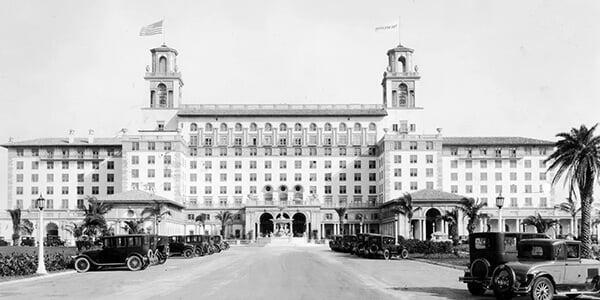
1926 - The Breakers (Reopens)
The Breakers reopens in December 1926 with 550 rooms and vast ballrooms. Rebuilt in fireproof concrete and modeled after Villa Medici. Read More

1926 - Great Miami Hurricane
The Great Miami Hurricane (Cat 4), one of the most devastating at the time, causing massive damage across South Florida, including Palm Beach. Read More

1927 - Mar-a-Lago
Mar-a-Lago is completed by Post, intended as a retreat for presidents. Read More

1928 - Lake Okeechobee Hurricane
The Lake Okeechobee Hurricane (San Felipe II / Cat 4) caused catastrophic flooding and thousands of deaths around Lake Okeechobee. Read More
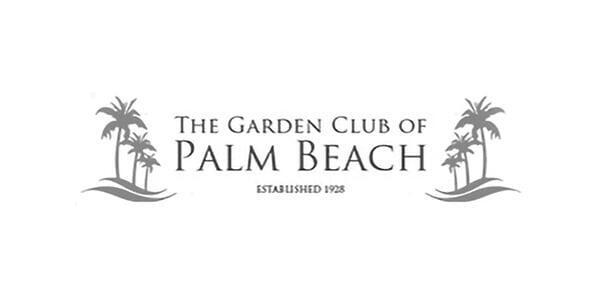
1929 - Garden Club of Palm Beach
The Garden Club of Palm Beach sponsors "The Plan of Palm Beach" to guide development. The Palm Beach Chamber of Commerce is formed. Read More
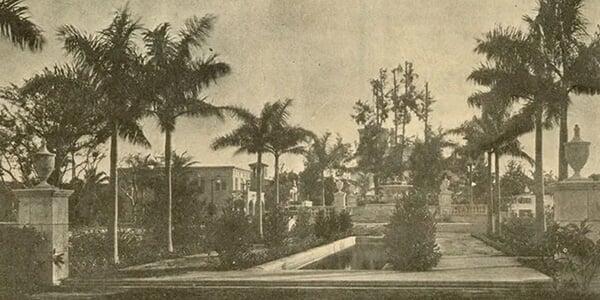
1930 - Mizner's Memorial Fountain
As Mizner's Memorial Fountain is completed the Great Depression begins affecting real estate and tourism. Read More

1933 - Cuba-Bahamas Hurricane
The Cuba-Bahamas Hurricane (Cat 3) impacted South Florida with tropical-force winds and minor damage. Read More

1933 - Florida-Mexico Hurricane
The Florida-Mexico Hurricane hits south Florida; Palm Beach experiences tropical storm-force winds and damage to coastal areas. Read More

1935 - Labor Day Hurricane
The Labor Day Hurricane (Cat 5) was the strongest hurricane to make landfall in the US at the time, causing high winds and swells in Palm Beach. Read More

1935 - Yankee Hurricane
The Yankee Hurricane struck near Miami Beach in a rare late-season event. Read More
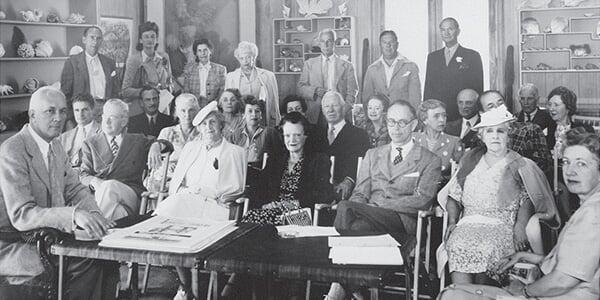
1936 - Society of the Four Arts
The Society of the Four Arts is founded. Read More
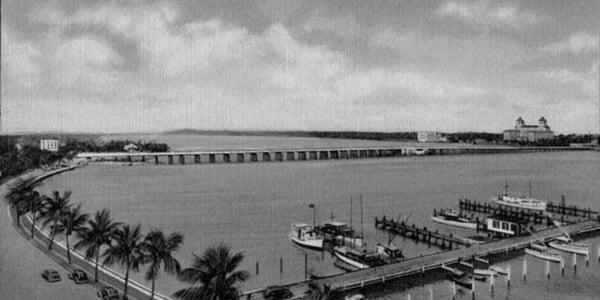
1938 - Flagler Memorial Bridge
The original Flagler Memorial Bridge opens, linking West Palm Beach to the island. Read More
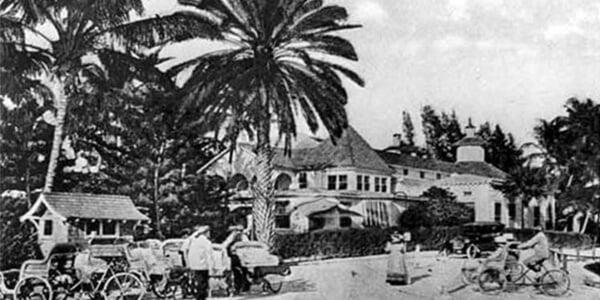
1941 - The Beach Club
The Beach Club opens, known for its private beach access, poolside dining, and low-key elegance. Read More
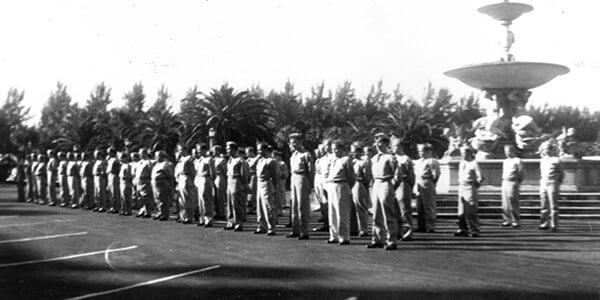
1942 - The Breakers (WWII Era)
The Breakers is used by the US Army as a temporary military hospital during World War II. Read More

1944 - Palm Beach Civic Association
The Palm Beach Civic Association is founded to preserve the town’s character and advocate for residents’ interests. Read More

1947 - Fort Lauderdale Hurricane
The Fort Lauderdale Hurricane (Cat 4) brought flooding and wind damage throughout Palm Beach County. Read More

1947 - PBI
Palm Beach International Airport is opened and Palm Beach's first zoning code is passed. Read More

1949 - Unnamed Hurricane
The Unnamed Hurricane (Cat 4) strikes Palm Beach directly, causing severe wind damage and flooding. Read More
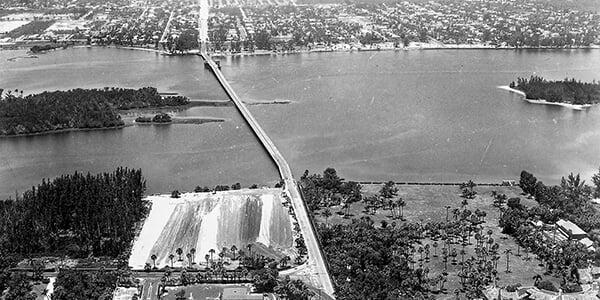
1950 - Southern Boulevard Bridge
The Southern Boulevard Bridge opens, enhancing southern access to Palm Beach Island. Read More

1950 - Hurricane Easy
Hurricane Easy is one of the first storms to receive an official name under the new phonetic alphabet system. It brought rain and breezy conditions to Palm Beach. Read More
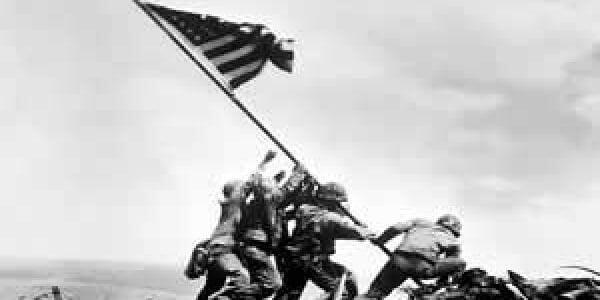
1950 - Post-War Prosperity
Post-war prosperity returns; seasonal population and luxury construction surge again. Read More
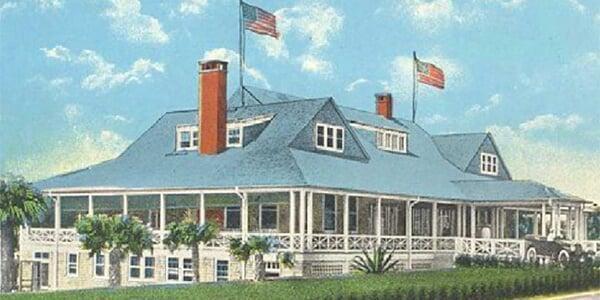
1954 - The Palm Beach Country Club
The Palm Beach Country Club is founded by a group of Jewish residents when many local clubs were exclusionary. It has since become one of the island’s most discreet private clubs. Read More

1958 - Royal Poinciana Plaza
The Royal Poinciana Plaza, designed by John Volk, opens. Read More
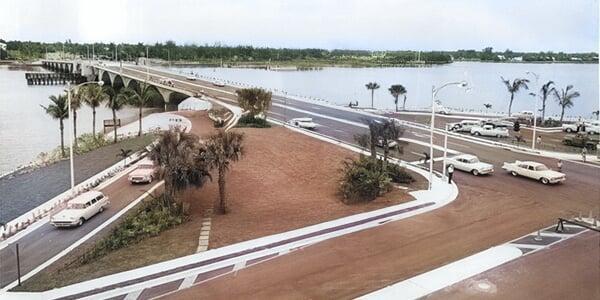
1959 - Royal Park Bridge
The Royal Park Bridge is replaced adding two lanes along the south side of the bridge and two drawbridges, at a cost of around $1.5 million. Read More

1950 - Hurricane Easy
Hurricane Donna (Cat 4) sweeps across Florida, delivering destructive winds and widespread damage throughout Palm Beach County. Read More
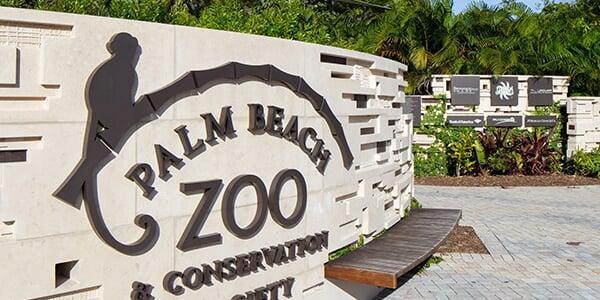
1970 - Palm Beach Zoo
The opening of the Palm Beach Zoo. Read More
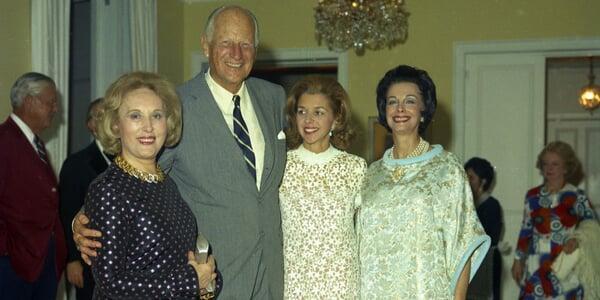
1971 - Earl E.T. Smith
Earl E.T. Smith, the last US Ambassador to Cuba, is elected Mayor of Palm Beach. Read More
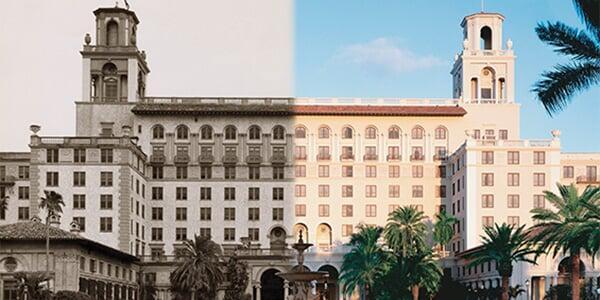
1973 - The Breakers
The Breakers is officially listed on the National Register of Historic Places and recognized for its historic and architectural significance. Read More

1975 - Hurricane Eloise
Hurricane Eloise (Cat 3) made landfall in the Panhandle and brought heavy rain and coastal erosion to Palm Beach County. Read More

1978 - Preservation Foundation
The Preservation Foundation of Palm Beach is established to protect the island’s historic architecture, landscapes, and cultural heritage. Read More

1982 - Club-Colette
Club Colette opens, offering an exclusive, supper-club style dining experience in the heart of Palm Beach. Known for its elegant, old-world ambiance and discretion. Read More

1985 - Trump
Donald Trump purchases Mar-a-Lago from Post Foundation and begins renovation. Read More

1986 - The Breakers Ocean Club
The Breakers Ocean Club is established, offering exclusive beach, golf, and social memberships as part of The Breakers resort. Read More

1990 - The Breakers
The Breakers begins over $250 million in renovations to maintain its status as a top luxury resort. Read More

1992 - Hurricane Andrew
Hurricane Andrew (Cat 5) devastated Miami. It brought strong winds, power outages, and minor structural damage to parts of Palm Beach County. Read More

1992 - Kravis Center
The opening of the Kravis Center for the Performing Arts. Read More
Mar-a-Lago becomes a private club, changing the social scene and drawing national attention. Read More

2000 - Norton Museum of Art
The opening of the Norton Museum of Art. Read More
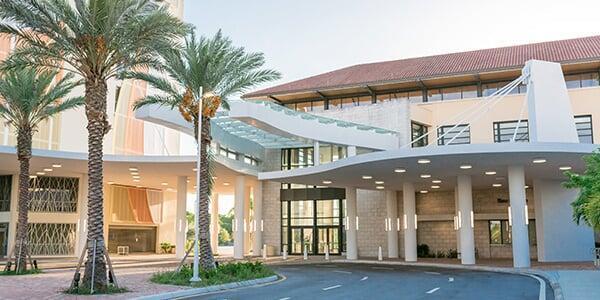
2003 - PB Convention Center
The Palm Beach County Convention Center opens in downtown West Palm Beach, becoming a major venue for events and cultural activities. Read More

2004 - Hurricane Frances
Hurricane Frances (Cat 2) made landfall near Martin County, bringing prolonged winds, flooding, and widespread power outages throughout Palm Beach County. Read More

2004 - Hurricane Jeanne
Hurricane Jeanne (Cat 3) struck just weeks after Frances, following a similar path, compounding wind damage, flooding, and power loss across Palm Beach County. Read More
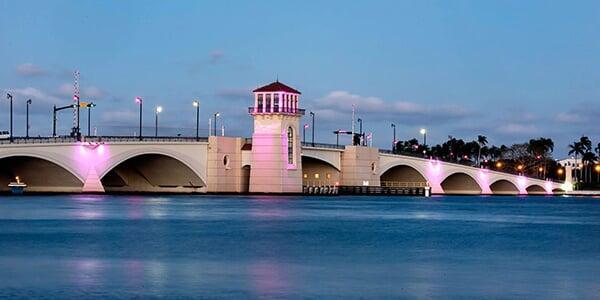
2005 - Royal Park Bridge
The new Royal Park Bridge opens, featuring a state-of-the-art bascule design, wider pedestrian walkways, and improved traffic flow. Read More

2005 - Hurricane Wilma
Hurricane Wilma (Cat 3) swept South Florida, knocking out power, damaging roofs and trees, and causing major disruptions throughout Palm Beach County. Read More

2008 - Bernie Madoff
Bernie Madoff scandal hits. Many Palm Beach residents, including club members and elite families, are financially devastated. Read More

2011 - Royal Poinciana Plaza
The Royal Poinciana Plaza begins major revitalization under WS Development, blending historic architecture with modern luxury retail and dining. Read More

2012 - Hurricane Isaac
Hurricane Isaac's (Tropical Storm) outer bands brought over 15 inches of rain to Palm Beach County, causing significant flooding and road closures. Read More

2016 - Winter White House
Trump is elected the 45th President of the United States, using Mar-a-Lago as a “Winter White House.” Read More
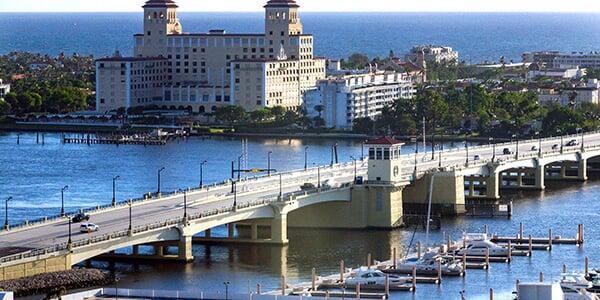
2016 - Flagler Memorial Bridge
A new Flagler Memorial Bridge opens with four-lanes, wider sidewalks, bicycle lanes, and improved utility infrastructure, costing approximately $108 million. Read More

2017 - Hurricane Irma
Hurricane Irma (Cat 4) brought strong winds, power outages, and widespread debris to Palm Beach County. Read More

2019 - Hurricane Dorian
Hurricane Dorian (Cat 5) stayed offshore but brought high surf, evacuations, and anxiety to Palm Beach County while devastating the nearby Bahamas. Read More
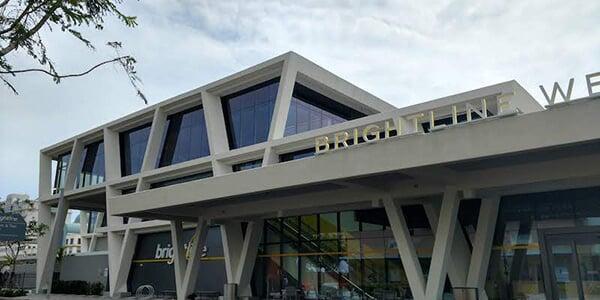
2020 - Brightline
The opening of the Brightline high-speed rail station. Read More
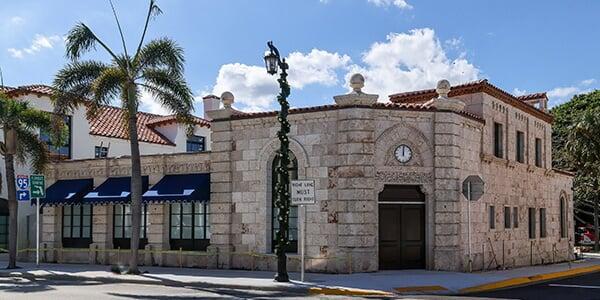
2021 - Carriage House
The Carriage House opens, a modern private club designed for a new generation of Palm Beach society, it blends contemporary luxury with traditional exclusivity. Read More
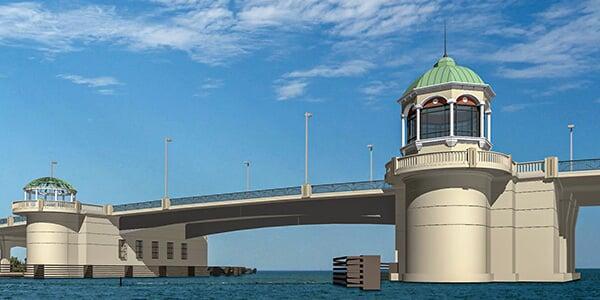
2021 - Southern Boulevard Bridge
A new Southern Boulevard Bridge opens with higher clearance, wider sidewalks, and improved safety features, costing approximately $97 million. Read More

2024 - Hurricane Milton
Hurricane Milton (Cat 5) made landfall on the Gulf Coast. Milton’s outer bands brought tornadoes, rain, and wind gusts to parts of Palm Beach County. Read More

2024 - Trump
Trump is elected President of the United States for a second non-consecutive term while maintaining his residence at Mar-a-Lago. Read More


